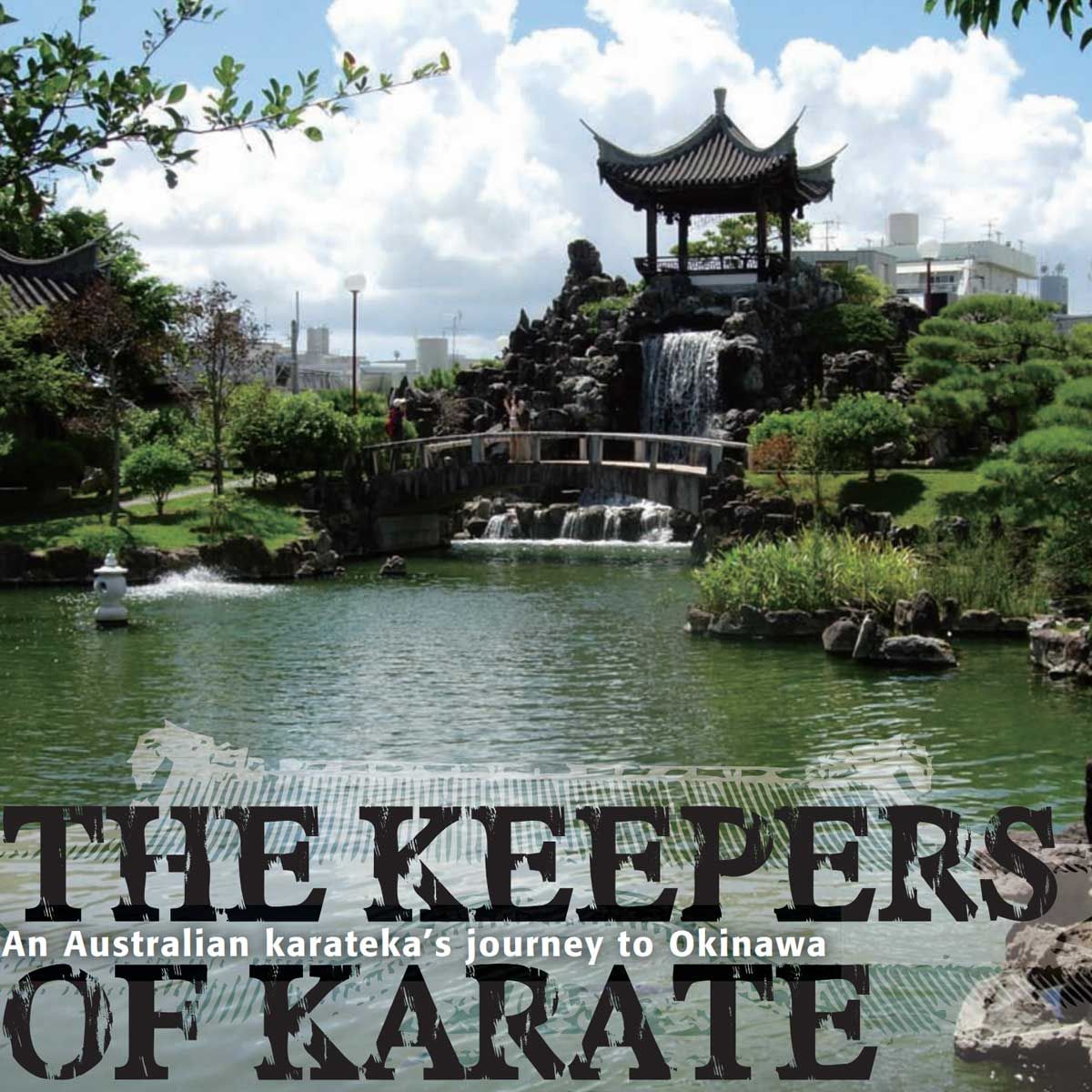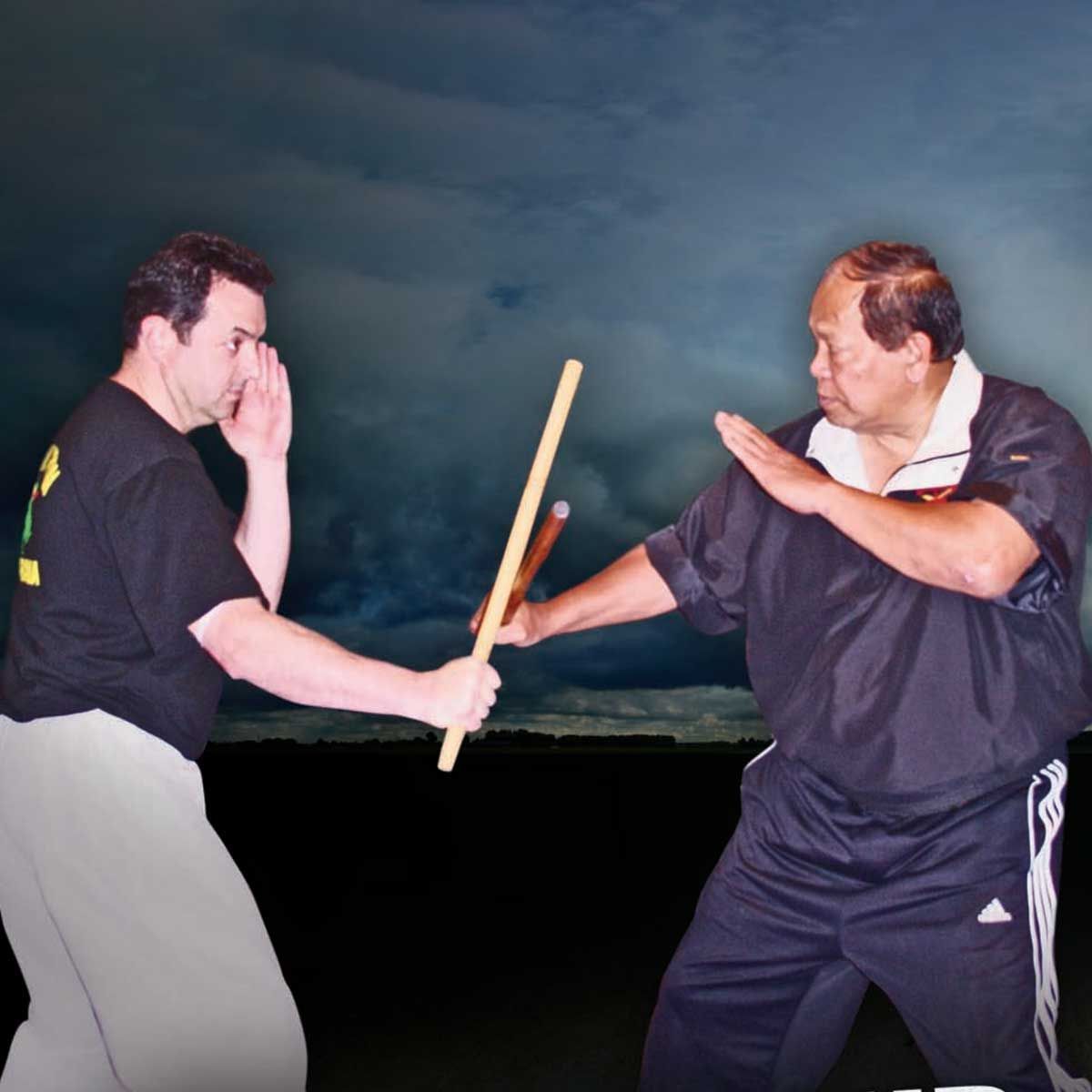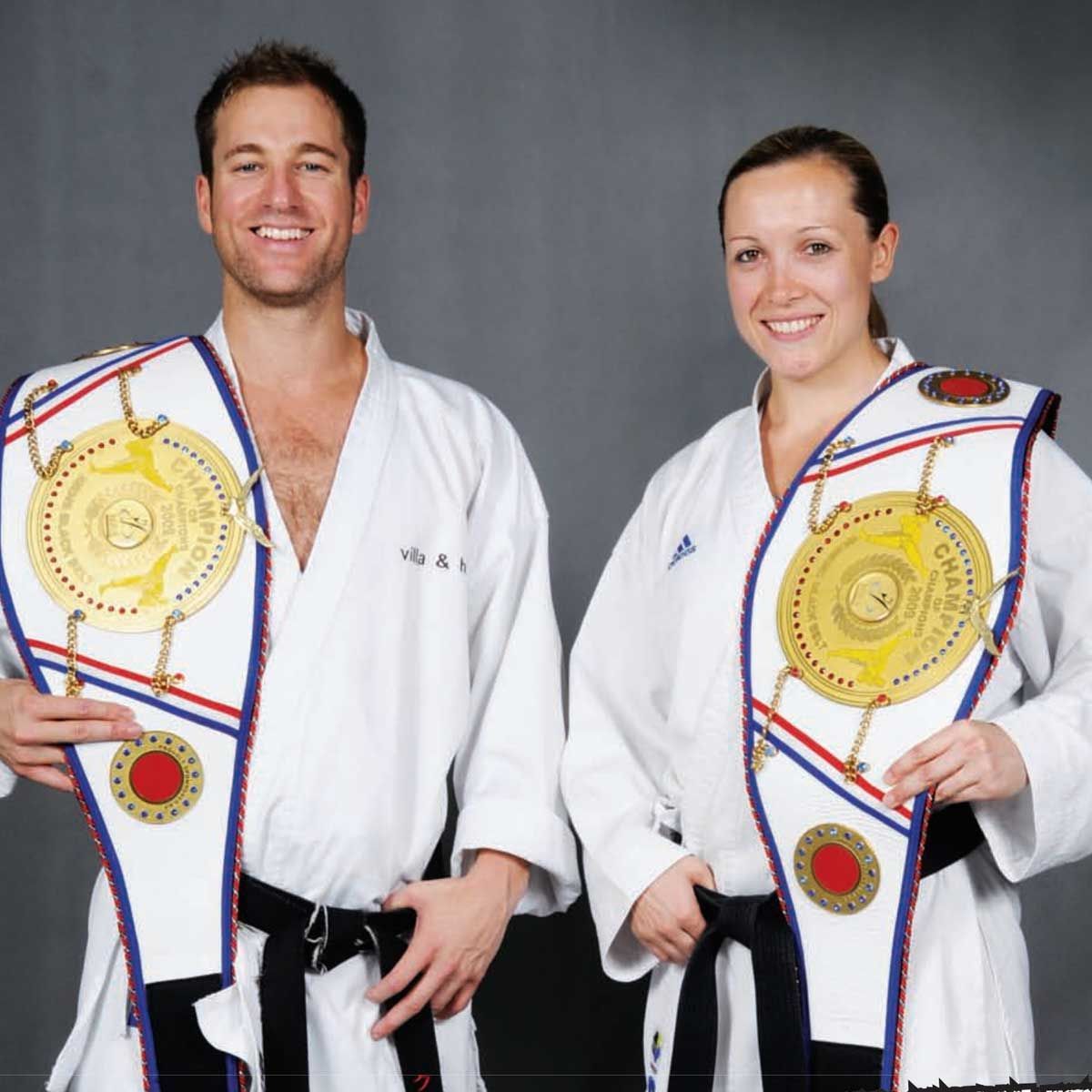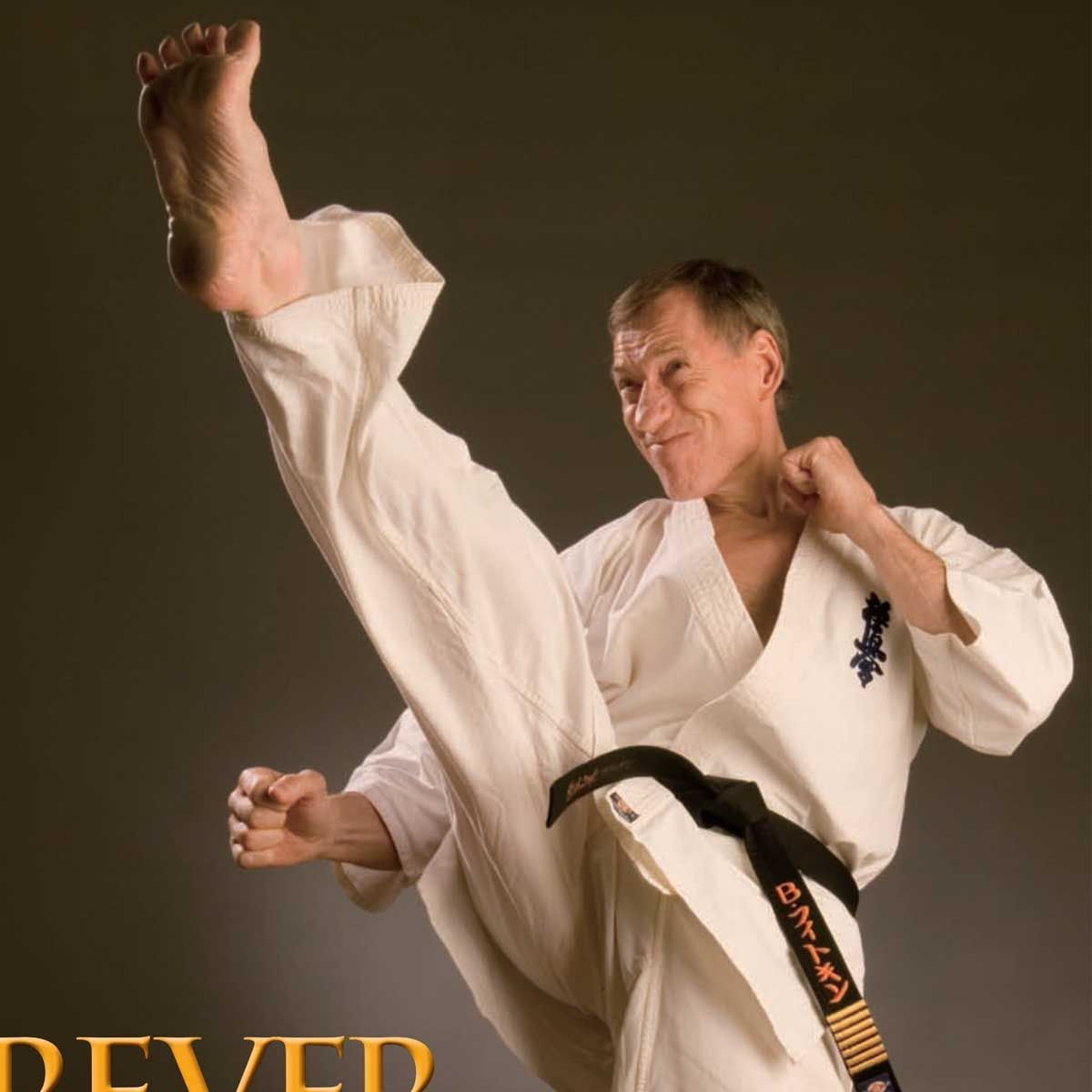KAPOW! - Graham Kuerschner
What makes a good strike?
BY GRAHAM KUERSCHNER

I was recently in an electrical goods store whiling away my time by watching a promo DVD that was playing on a large screen TV in the display. One segment was a fight scene between someone who was a gene-cross between Bruce Lee and Jackie Chan and 60 other (I kid you not) Chinese gangsters all dressed alike and, for some inexplicable reason, all armed with small tomahawks (must have been at lunch break on a Christmas tree farm).
Now, our hero [I believe it was Stephen Chow in Kung Fu Hustle – Ed] was kicking and punching these toma hawk wielding Chinese Christmas-tree farmers and sending them a distance of between 20 and 50 metres. Still others he launched into a low earth orbit to land on a balcony of a building three or four stories up. Okay, so we have to suspend our disbelief and the laws of physics in kung fu movies, but I couldn’t help but think that even though we know this is cinematic nonsense, it does subtly reinforce the notion that the harder a strike is — meaning, the further away we knock an opponent — the better it is. Of course that is rubbish but it is hard, especially for the ego of the more impressionable martial artist, to resist.
It reminds me of the so-called ‘one-inch punch’ of Wing Chun (a system in which I’m still among the highest ranked Westerners, by the way). It actually isn’t a one inch punch but a one-inch ‘push’. The strike itself is slowed down somewhat so that on contact, the inertia of the target (usually some hapless student holding a telephone book) is overcome and the energy of the strike is transferred into kinetic energy — that is, backward movement of the target. The one-inch punch is not some party trick; strong force is developed at close range, but to make it visible in a demonstration setting, we need the fall-guy to fly. And in so doing, we again subtly reinforce the notion a strong strike equals a good strike. Now, I maintain that powerful strikes absolutely must be in the arsenal of any self-respecting self-defence instructor, but if the view is taken that the only good strike is a strong strike, then we have a problem. Part of the problem arises in the blurred divisions between the different aims of a martial art, a combat sport and a defensive tactics system.
There is clearly crossover between them but they serve different purposes and are not really interchangeable. In the first two, a powerful knockout strike is considered a key end goal (I’m generalising), whereas in a defensive tactics system it is important but not as critical as other skills. The second and bigger problem is the students’ ego and the desire (especially among young males) to confirm their prowess by being able to deliver a heavy blow. And so in the past 35 years as an instructor, I, and no doubt other instructors reading this, have had to contend with the young bucks who ignore the instruction they have just been given and perform whatever biomechanical gyrations are required to land a loud strike against the pad (as we all know the effectiveness of a strike is measured by the noise it makes, isn’t it?).
Forget that those gyrations were significantly telegraphic to the opponent, who, in the time taken, may have moved or pre-emptively struck back. Forget that if the buck missed his target he would have sailed onward into the night, or that if he did connect he risked serious injury to the intended target, possibly compounded by a head strike to the ground, and all the legal consequences that go with that. The fuzz in a young male brain flooded with testosterone doesn’t register any of this. A good strike is any strike that does the job given the circumstance.
Strikes must suit circumstance and that means there must be volume control on a strike, not just an on/off switch. We must teach students that there are three variables that are to be adjusted to suit circumstance, from a nuisance situation to something life threatening. These are: the target we select; the weapon we use to hit that target; and the degree of force we invest in the strike. We must teach power control in striking. It’s great to have a strike that can knock somebody into next week. It’s just too bad that if done in the wrong way or in the wrong situation, the defender may become the attacker in the eyes of a jury and fi nd their ‘victory’ turn to a loss — of years spent behind bars.
Graham Kuerschner is a 44-year veteran of the martial arts and can be contacted through his website at www.sdtactics.com.au
Blitz Martial Arts Magazine FEBRUARY 2010 VOL. 24 ISSUE 02













